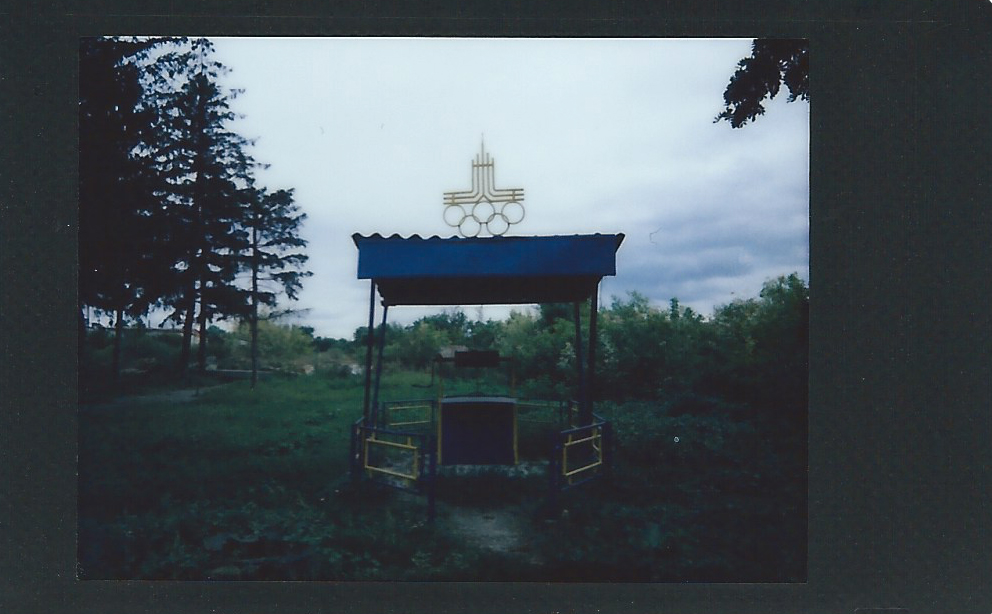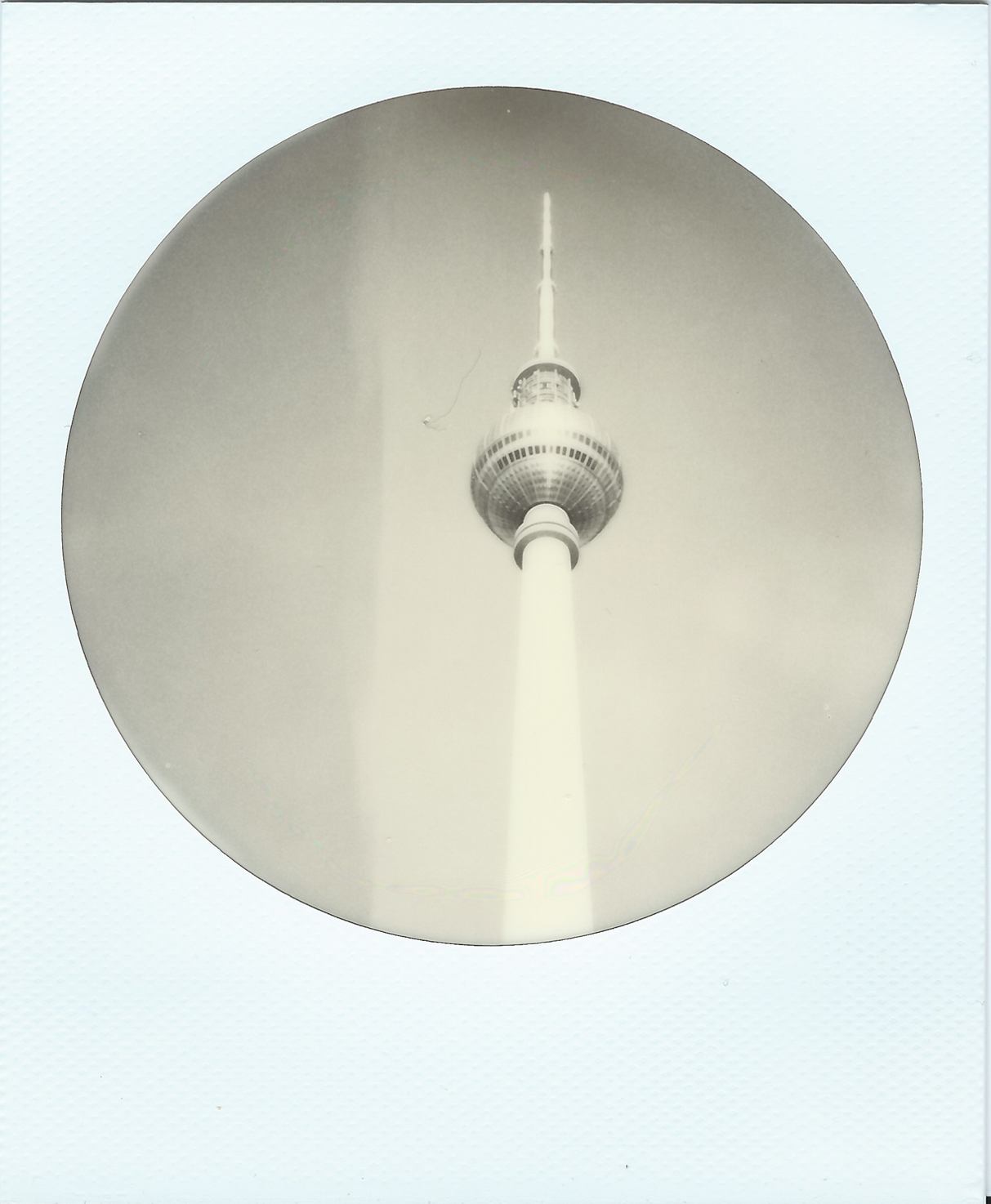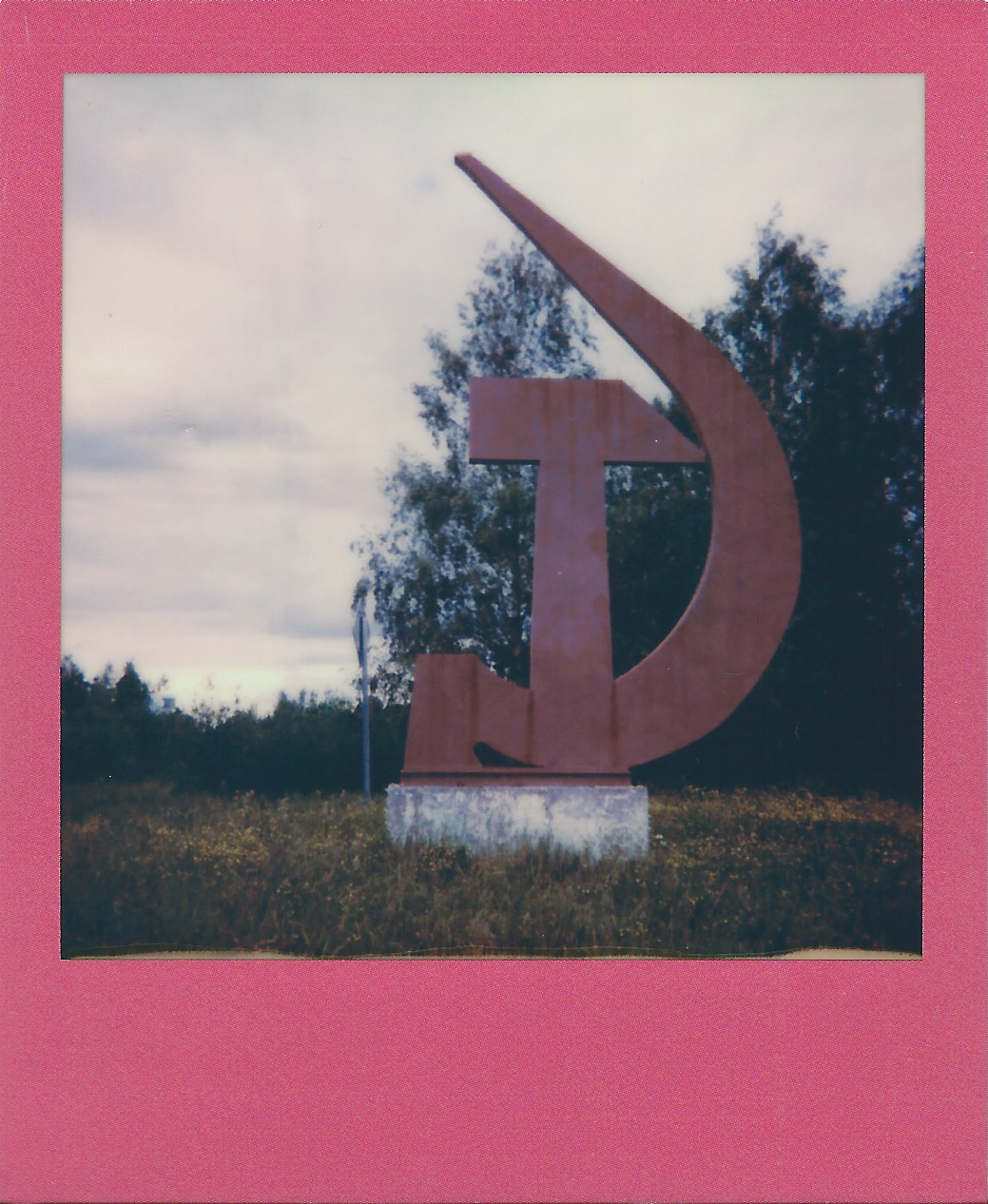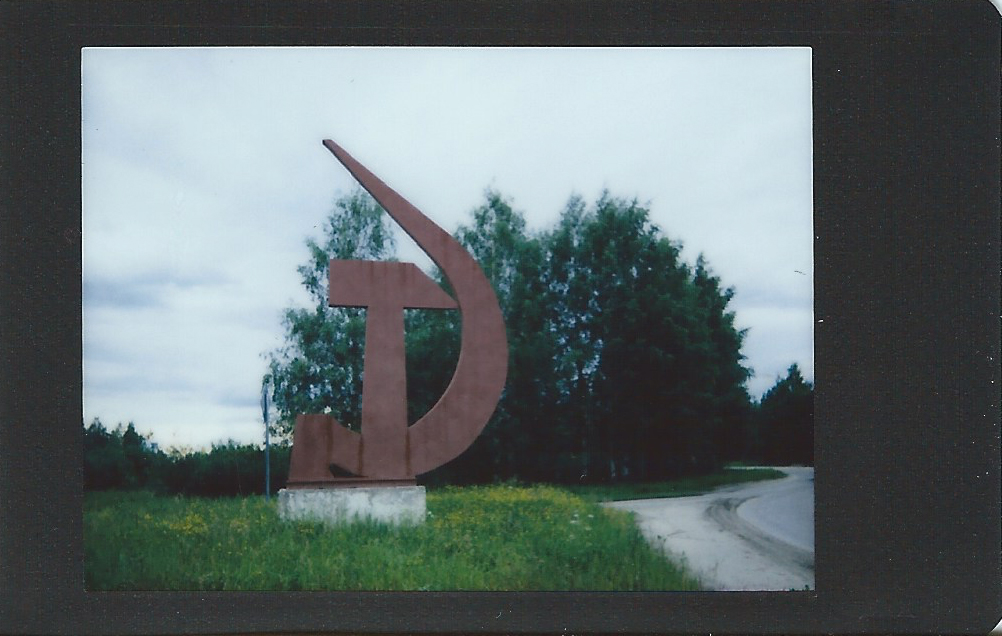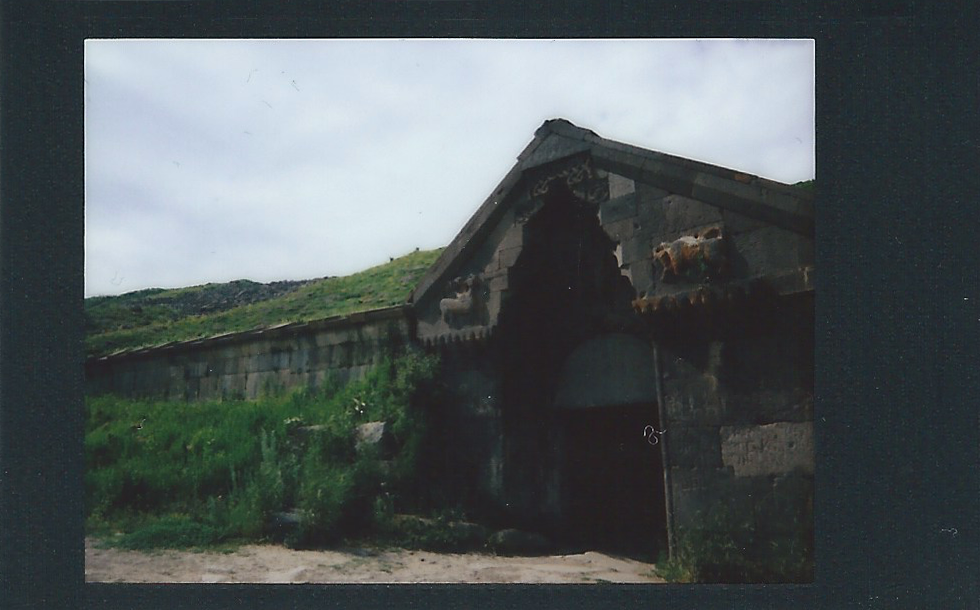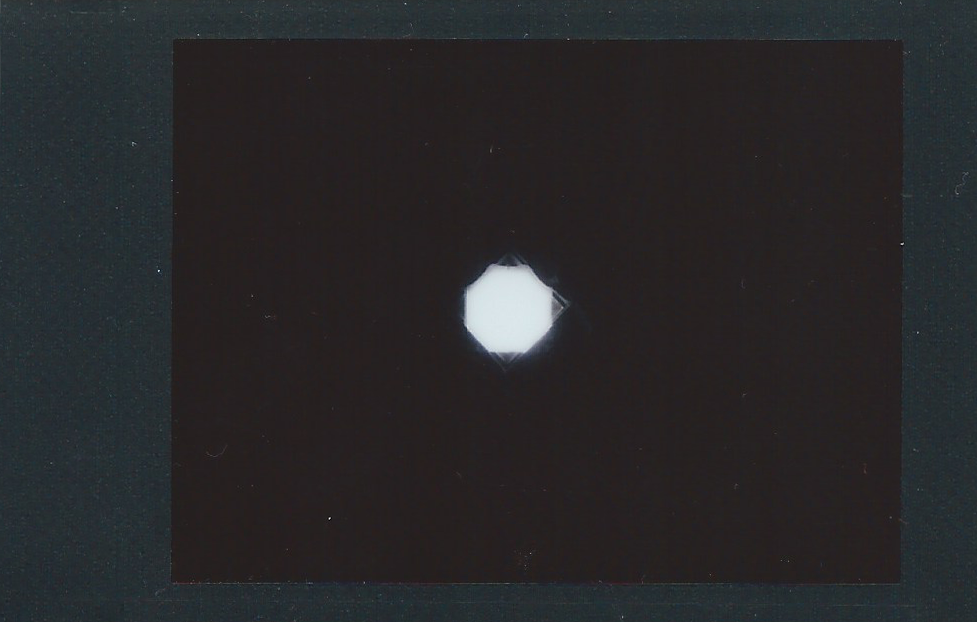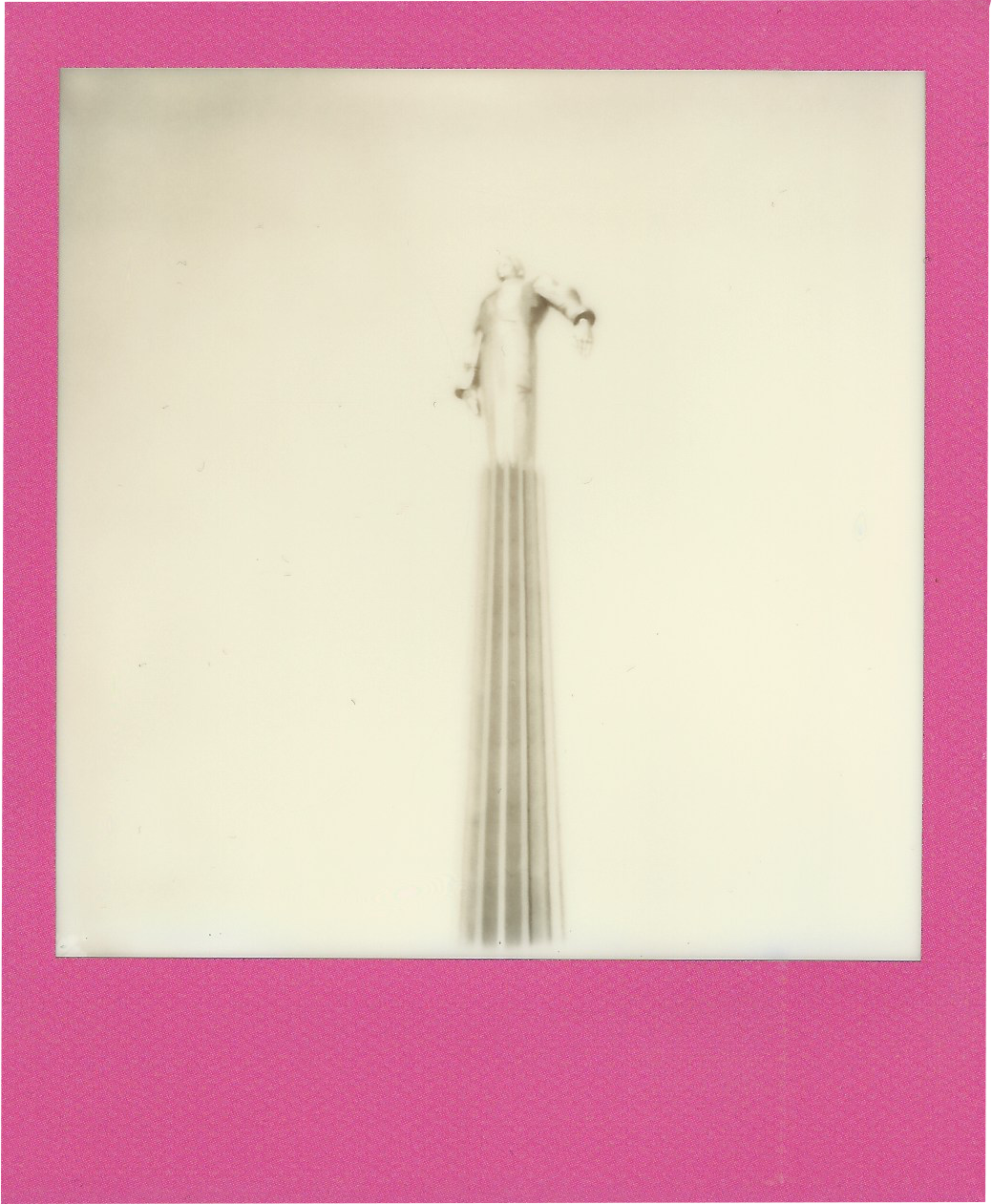At 2410 meters high at the Vardenyats Pass on the Armenian Caucasus, Orbelian (also known as Selim or Sulema) caravanserai stands from the early XIV century as a shelter for caravans travelling along the Silk Road, the legendary trade route connecting Europe to Far East.
The refuge was built between 1326 and 1332 by an order of powerful prince Chesar Orbelian, as carved on the facade; the family emblems – a winged quadruped and a bull, in high-relief – are portrayed on the architrave of the main entry.
The basalt stone lodging consists of a vestibule and a long, wide room where people and animals could spend the night away from dangers and mountains rough weather.
The sole beams of light break through the muqarnas-decorated oculi on the barrel vault, creating a rarified, still (and somehow disorientating) atmosphere in the pitch black.
Badly damaged in XVI and XVII century, the qaravanatun was restored during Soviet times, between 1956/1959.
